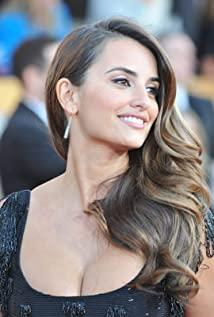Since most of the audience knows the truth, the director's job should be to create a vivid image that makes us sympathize, hate, and praise. In fact, the director didn't do it. He just played his male lead well, and there was little room for princesses, earls, car dealers, old housekeepers and poor lawyers. Most of the time, the director pushes the plot to the fast lane, just like a dung beetle who pushes cow dung to rush away, one dung beetle is too full, and the other dung beetles are hungry. While watching the film, I wanted to shout: I want to watch the train break ice and shovel snow, I want to watch the tourists undress, and I don't want to watch the director's two mustaches.
Compared with the TV series of the 2010 version, the 2017 version does not show the background features of the story in the 1930s, nor does it show the physical and spiritual decline of the nobles after World War I. The great detective Poirot in the TV version not only represents justice, but also represents a classical aesthetic. In the case of murder in the secret room, the classical beauty is not the thrill of revenge, but the pain of a broken piece of the soul. The reason why murder is terrible is not to advance the fate of the victim, but to create fragments of the soul of the perpetrator/murderer. Just as Voldemort had seven Horcruxes, more than a dozen murderers on the Orient Express had a common Horcrux, the Orient Express. So when more than a dozen murderers slashed their knives one by one, and saw their twisted faces and hideous facial features, you would suddenly understand that each of them shattered their souls and fed them to the man-eating monster back then. With Poirot's silent connivance, the ghostly Horcrux would forever roam the tracks.
The most successful scene in the new version of "Orient Express" is the part where Poirot reveals the secret at the end. The people on the train are sitting behind the long table, and the first shot is over. They are either whispering or getting together, or panic or calm, their expressions have the texture of oil painting, it is simply Da Vinci's "The Last Supper". Director and male lead Kenneth Branagh shouted angrily to the crowd. He was not blaming the crime or trying to bury the truth. He scolded the root of human beings: to be both judge and executioner at the same time. I really like this section, this classical film aesthetic is based on the director's presentation of the tragedy of human nature. When everyone continued to complete their revenge on the dead, each knife added a victim of the Armstrong family murder. This knife is, this knife is still.
View more about Murder on the Orient Express reviews











